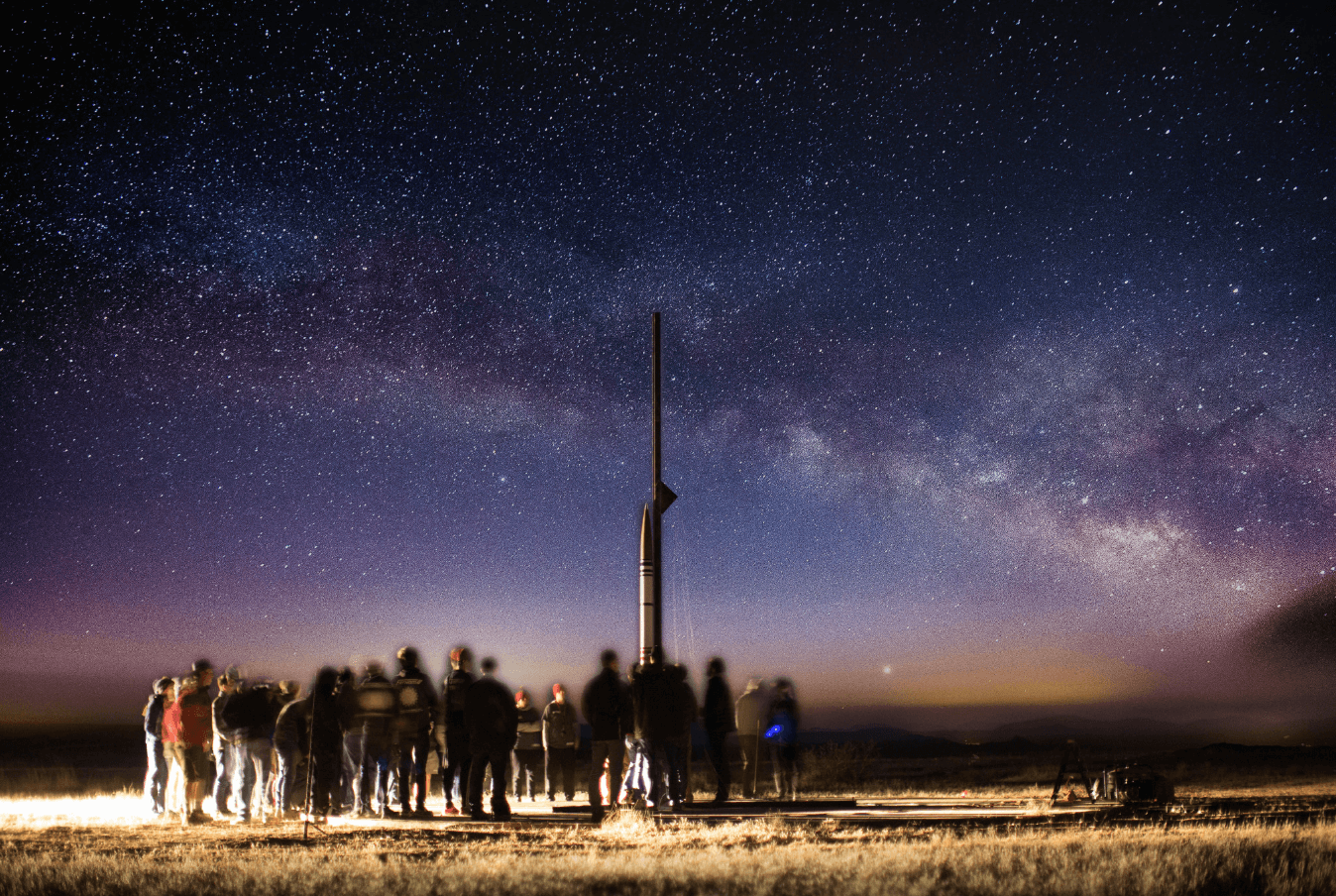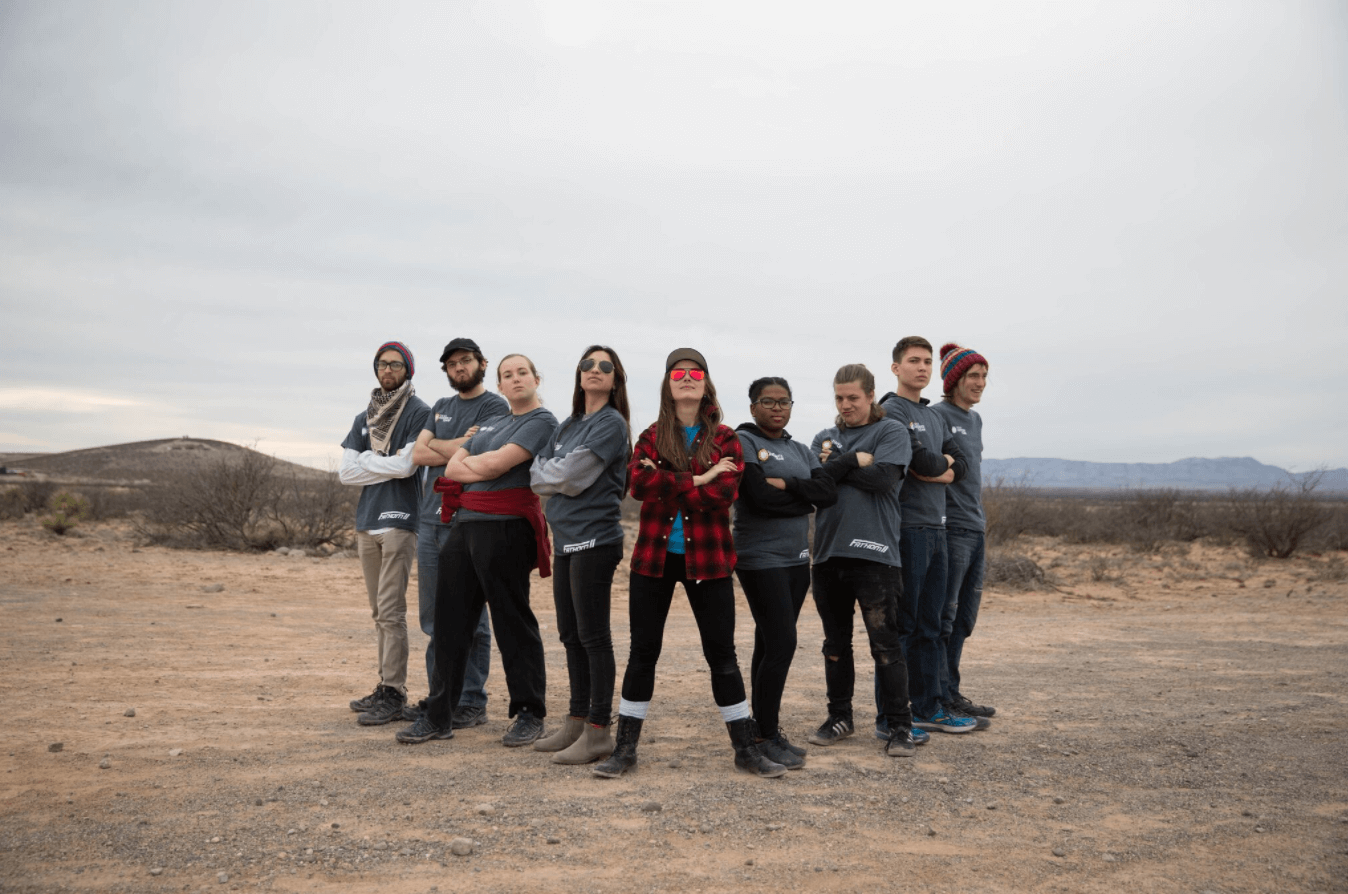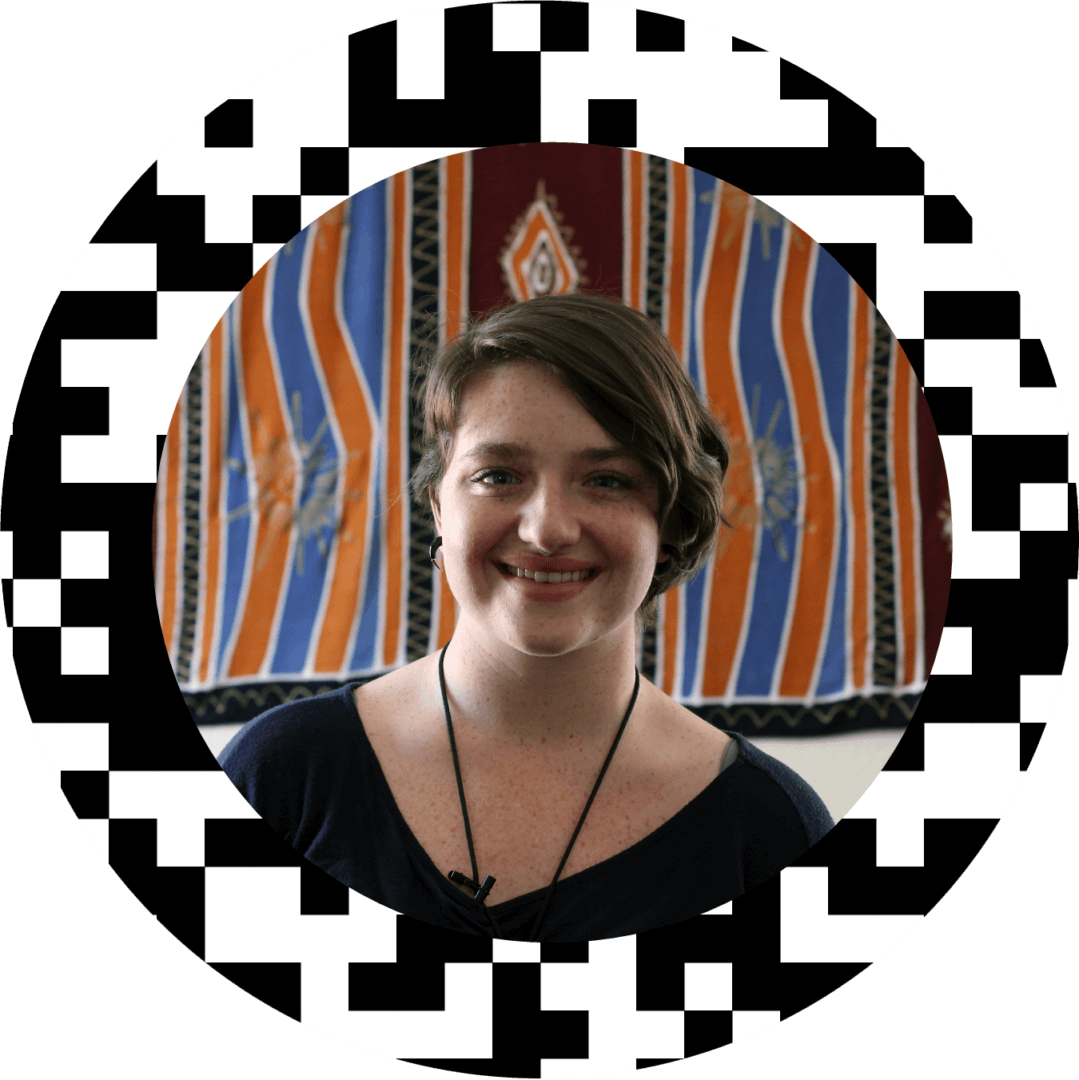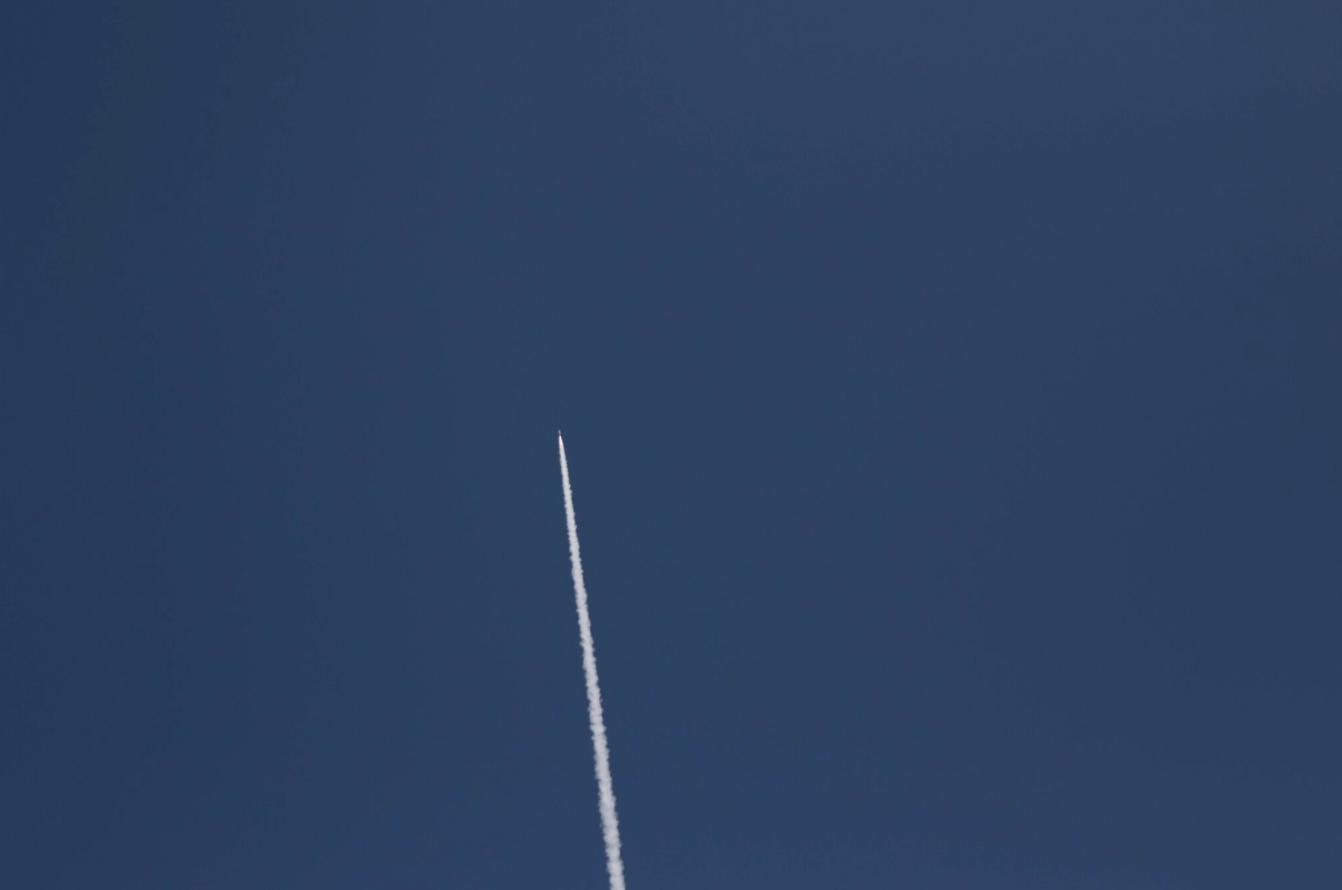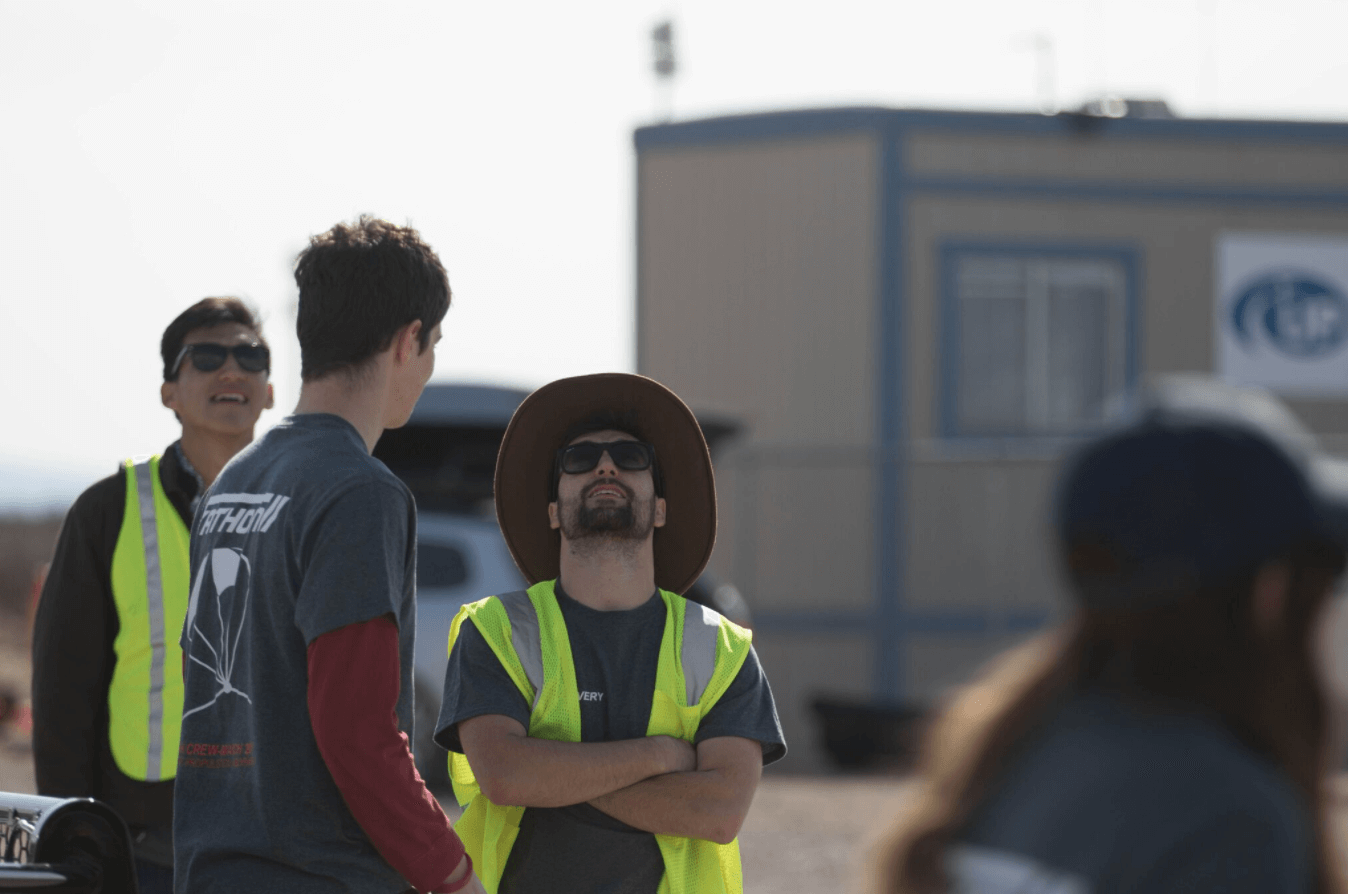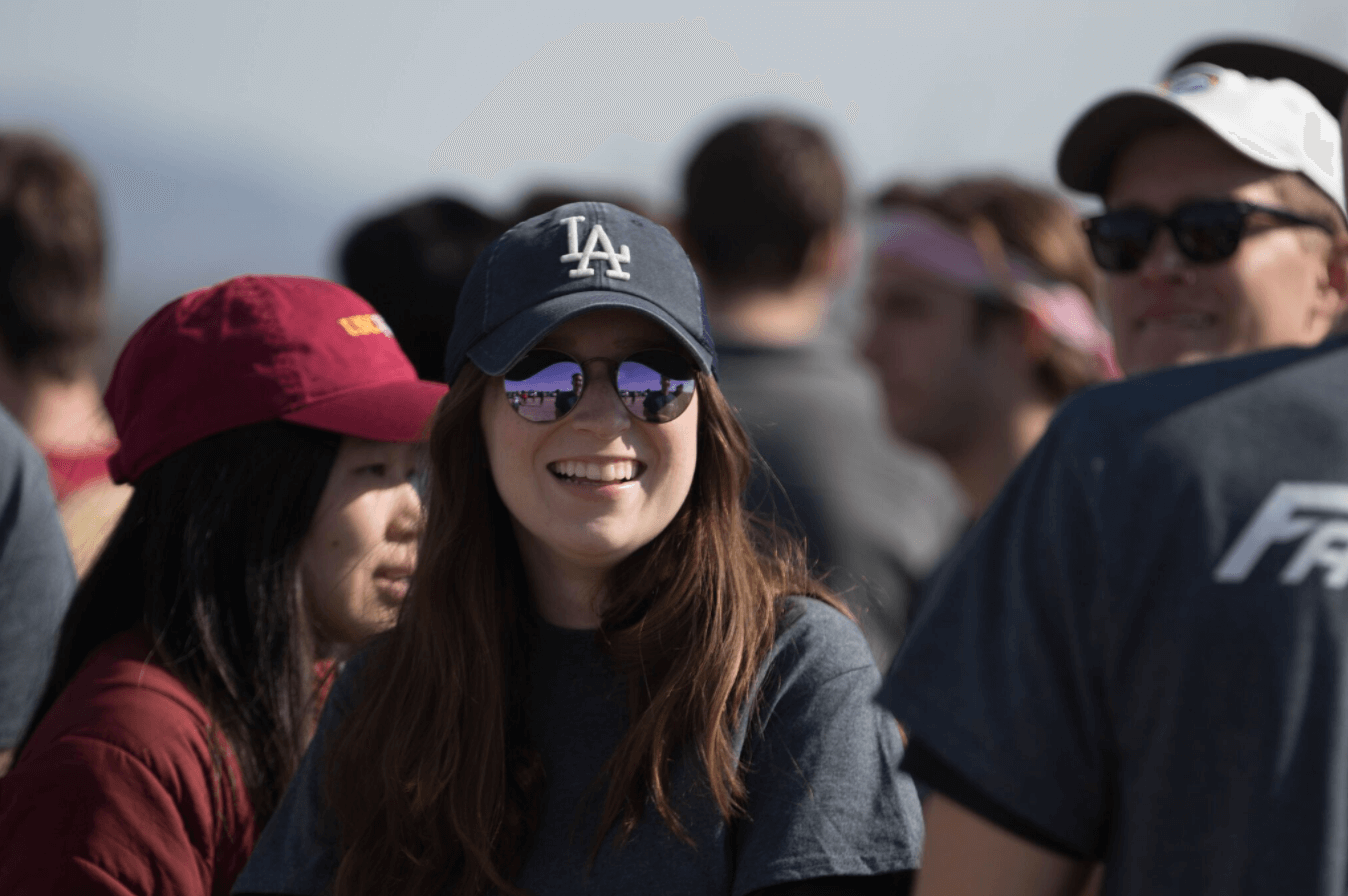USC Rocket Propulsion Laboratory Breaks Record
Last spring, more than 70 members of the USC Rocket Propulsion Lab (RPL) trekked to Spaceport America in the desert of southern New Mexico to launch Fathom II, a rocket designed and manufactured entirely by USC students.
The Fathom II launch on March 4 at 9:20 a.m. shattered the cinder blocks on the launchpad. The students were silent as they waited for updates from the avionics and launch operations team. The rocket traveled as fast as four times the speed of sound and then disappeared from view. After coming down under a parachute, Fathom II pinged the students, letting them know its precise location. It was recovered intact 6.8 miles away.
Later confirmed to have reached an altitude of 144,000 feet, it was the most successful launch in RPL’s history, topping records held by similar groups like Delft Aerospace Rocket Engineering (70,397 feet) and the University of Stuttgart HyEnD team (98,400 feet). While other rockets made by university groups have reached higher altitudes using mixtures of professionally made and student-made components, RPL’s effort is believed to be the highest altitude achieved worldwide for a vehicle designed and manufactured entirely by students.
In his celebratory email to the RPL students, the recent RPL alumnus and former chief engineer Carter Allen said, “The goal of this mission was to qualify and test our systems before moving on to our next space shot. You know what that means? Time to move on to space.”
This particular launch was not a planned “space shot” to get to the Karman line, the line of demarcation between space and the earth’s atmosphere. But the target was still quite ambitious: to launch the vehicle 180,000 feet, more than halfway to the lab’s ultimate goal of reaching space. RPL’s previous record was 63,000 feet.
The Fathom II launch was years in the making and built on the knowledge passed down since RPL’s founding in 2004. A student-run undergraduate lab, RPL designs and tests experimental rocketry and propulsion hardware. The lab has been fertile ground for careers in the commercial space industry at companies such as SpaceX and Blue Origin.
Fathom II took approximately three months to design and manufacture. Dedicated club members don’t merely design the rocket for flight; they also design and integrate a system of avionics to regularly communicate with those on the ground.
After what must have seemed like an endless caravan to the Spaceport — the same launch location used by commercial space company Virgin Galactic — the students tested and retested avionics, the recovery system, and the launchpad setup.
Why do these students take on all this extracurricular work? Simply for the love of space. Before and after Fathom II launched on that cold spring morning in the desert, the students huddled and cheered, “Space! Space! Space!” as their rallying cry.




